Our recommendations are made independently. We may receive commissions from purchases made via our links.
Pizza Test for Small Toaster Ovens
Check out how we test small toaster ovens for baking pizza. Choose the best small toaster oven for the perfect crust and pizza toppings within 10 minutes.
This test is part of How Shouldit Tests Small Toaster Ovens v1.0
Pizza is a popular food item globally, making the skill to bake a great one essential for toaster ovens. Hence, the outcome of the pizza baking test contributes 25% to our performance rating for small toaster ovens.
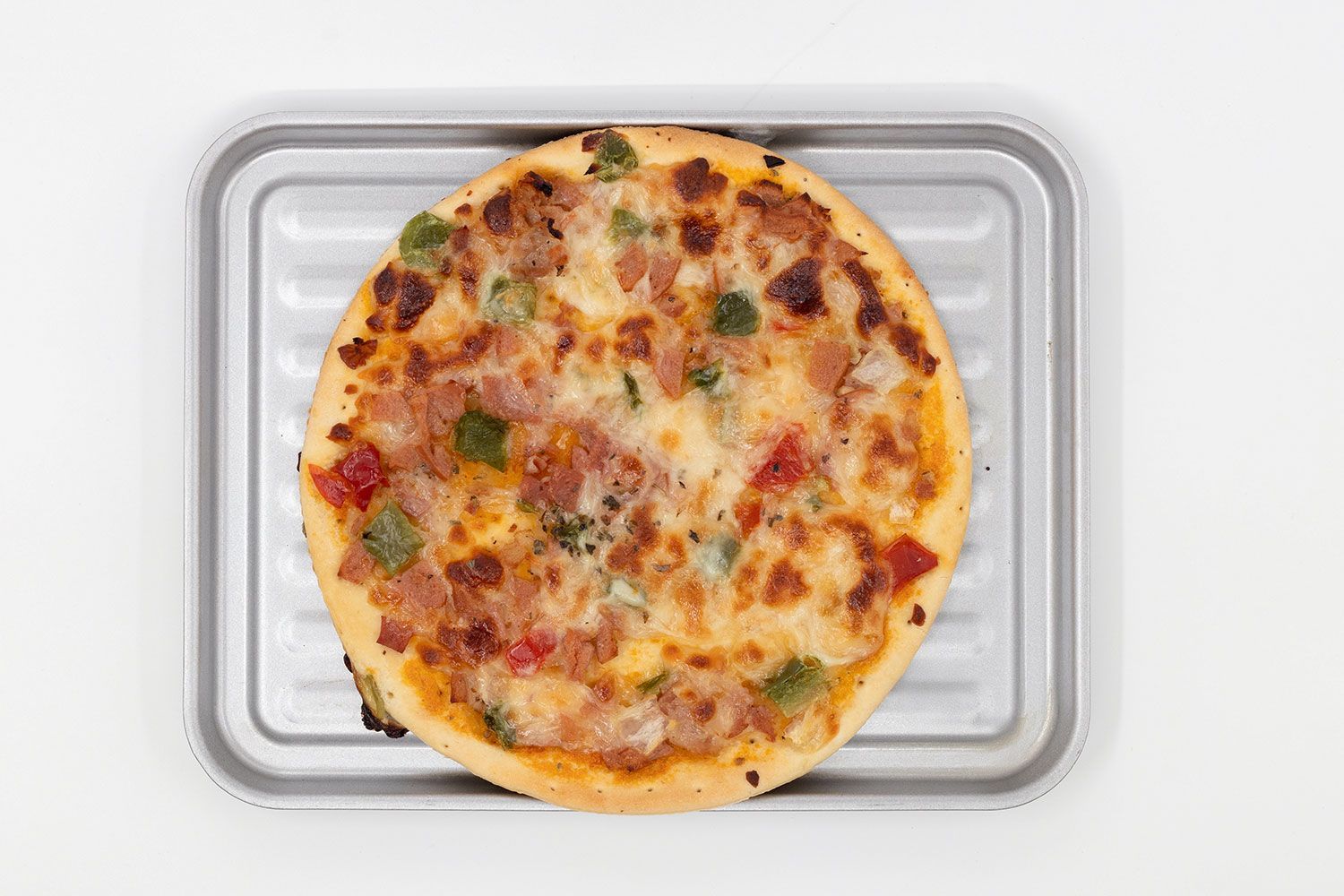
Our evaluation checks if each small toaster oven can achieve a perfectly golden, crispy pizza with fully melted cheese. Additionally, we offer a comparison of various small toaster ovens' pizza baking performances.
This test aims to assist you in choosing the oven that aligns best with your pizza preferences.
Prior to the Actual Test
First, we had to come up with a set of standards to ensure that the steps and results of our tests would be consistent and could be replicated reliably.
We chose to use store-bought frozen 9-inch thick-crust meat pizzas thawed to room temperature. Small to medium-size toaster ovens can fit a 9-inch pizza and large ones can even fit a 12-inch pizza.
How We Test Baking Pizza
According to our head chef Tuyet Pham, it’s ideal to bake pizza at 500°F for 8 to 12 minutes or at 550°F for 4 to 7 minutes. However, most household toaster ovens can’t reach that temperature, let alone small ones.
Instead, we opted for 450°F, the common maximum temperature setting. If an oven supports convection baking (rare in small toaster ovens), we used the most powerful setting available.
We baked the pizza until it reached the perfect color, then recorded the time. With temperature set, cooking time became a key performance variable.
For baking, we used a baking pan, not a baking rack or air frying basket, to ensure the pizza stayed flat and to prevent debris or drippings from reaching the oven floor.
We established four scoring factors: Cooking Time, Crust, Topping, and Taste, which we detail below.
Testing Equipment
Smartphone timer: As timing is important, we measure the pizza baking time with a smartphone timer. If the toaster oven has a pizza function, we check if it matches the preset timer.
Oven thermometer: Temperature is another crucial factor so we use a thermometer to keep track of the oven’s internal temperature. Similar to cooking time, we also check if it matches the preset temperature of the pizza function if available.
Camera: We record all the testing procedures on camera.
Steps
- We place a thermometer inside the small toaster oven and preheat for 20 minutes or until it reaches 450°F. We also use a phone timer when not provided by the oven.
- We place a store-bought frozen 9-inch thick-crust meat pizza at room temperature on the baking pan.
- After the baking’s done, we first record the cooking time, check the crust color, and meat caramelization, then take photos.
- We slice the pizza into equal pieces to check the doneness of the crust and take photos.
- We take photos of us breaking up a piece to showcase the melting cheese.
- We have a taste test with a group of four people including our head chef and finalize the score.
How We Score
We mentioned above that the pizza test takes up 25% of the performance score. Scoring factors are the Cooking Time (20%), Crust (20%), Toppings (30%), and Taste (30%). Each factor and the overall score of the pizza test are shown on a scale of 0 to 10.
Cooking Time
Most packaged 9-inch thick-crust pizzas recommend 10-15 minutes of baking after preheating the oven to 450°F (which take around 15-20 minutes). So we set 10 minutes as the benchmark for the score of 8/10. Then, each minute longer is one point lowered until it’s zero for 18 minutes.
This benchmark is significantly lower compared to that of large toaster ovens due to their higher power output as well as having more heating elements and a convection bake feature.
We also kept track of the pizza cooking time of each toaster oven. Then we compared them all together to devise a scoreboard.
- 10/10: 8 minutes
- 9/10: 9 minutes
- 8/10: 10 minutes
- ...
- 1/10: 17 minutes
- 0/10: 18 minutes
Crust
For the crust, we first check the color of the surface on both the bottom and the top. We then slice the pizza to see the doneness of the crust.
- 10/10: 100% even golden color with a few charred spots; Crispy outside, moist inside
- 9/10: 90-80% even golden color; Quite crispy outside, moist inside
- 8/10: 70-60% even golden color; Slightly crispy outside, moist inside
- 7/10: 50-40% even light color; Not crispy, slightly dry inside
- 6/10: 30-20% even light color; Soft outside, dry inside
- 5/10: Almost no color; Too soft or dry
- 0/10: Undercooked; No color; Burnt
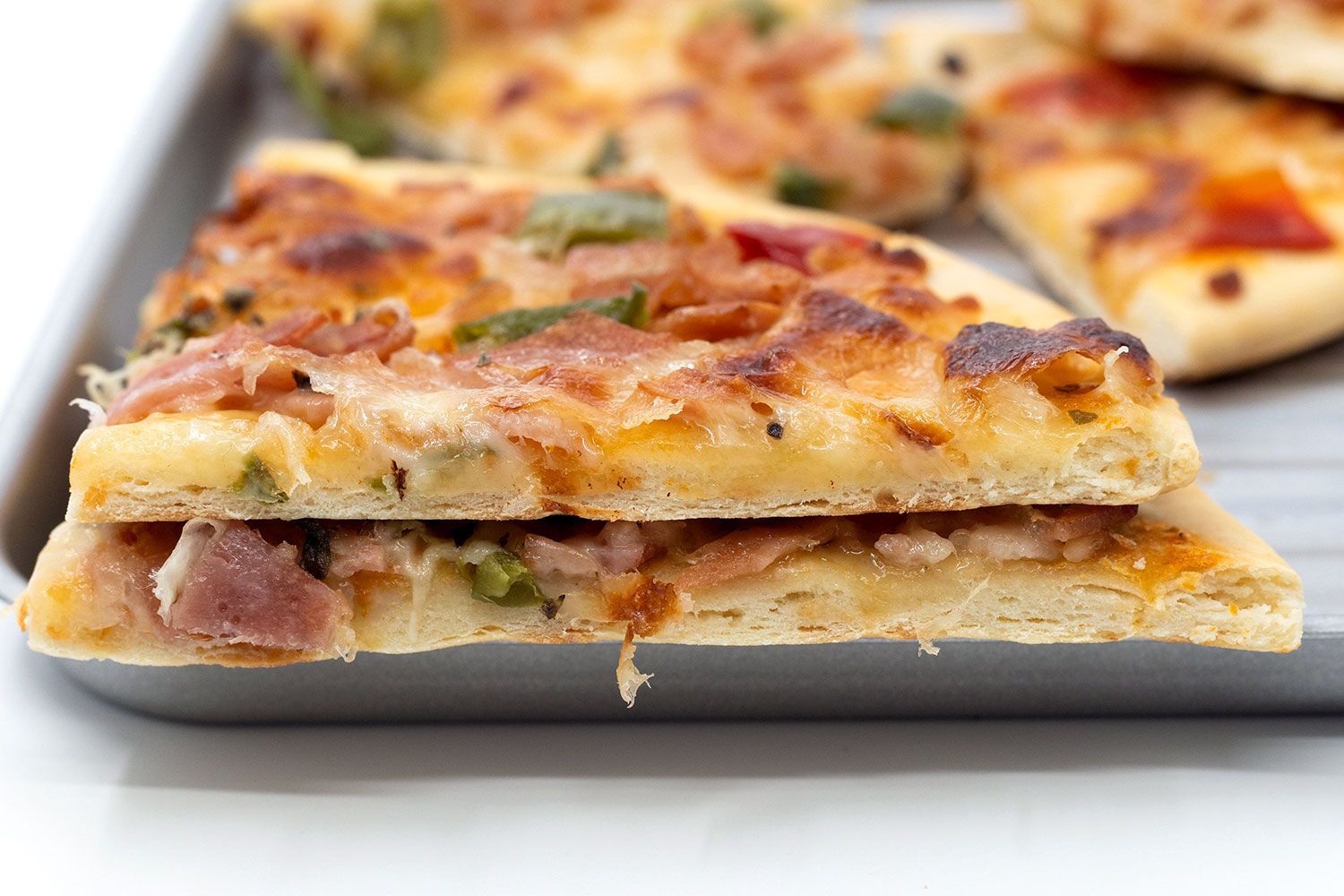
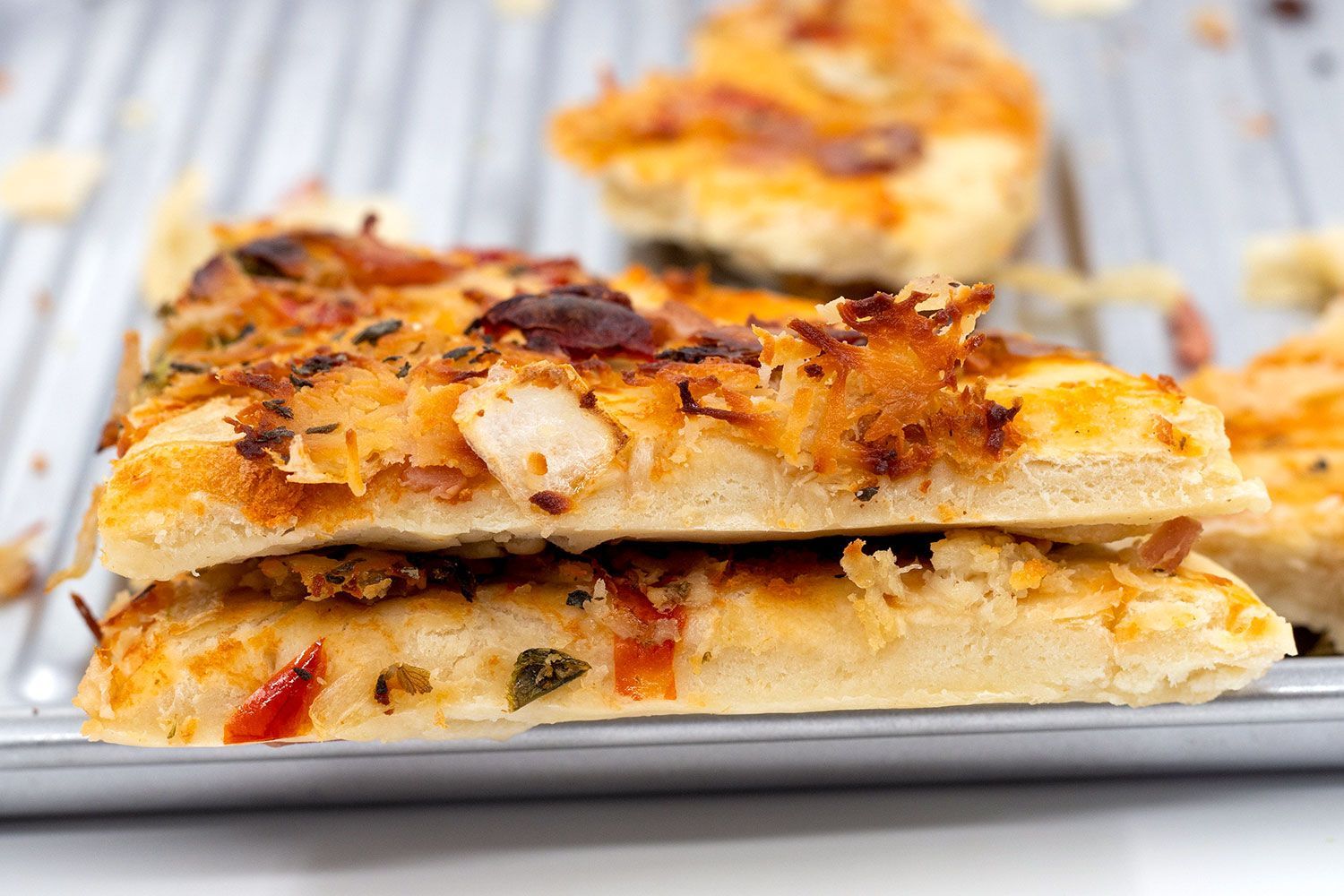
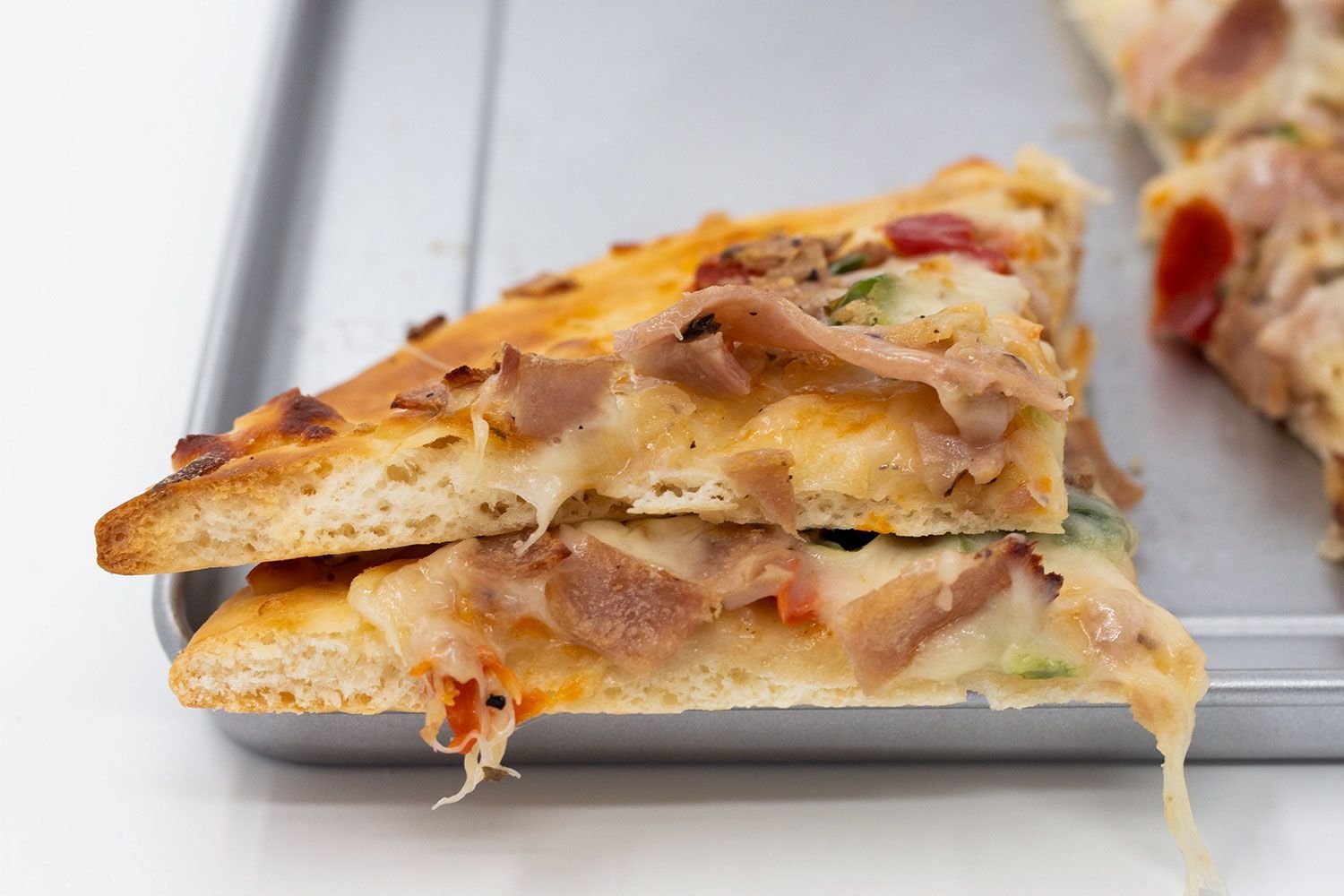
Toppings
For the toppings, we check for the caramelization of the meat and the melting of the cheese. We break up a slice of the pizza to see if there are any beautiful strings of melted cheese.
- 10/10: 100% even, perfectly caramelized meat; Thoroughly melted cheese
- 9/10: 90-80% even, slightly caramelized meat; Partially melted cheese
- 8/10: 70-60% even, slightly caramelized meat; Partially melted cheese
- 7/10: Cooked meat with little caramelization; slightly melted cheese
- 6/10: Cooked meat with no caramelization; Unmelted cheese
- 5/10: Almost no color; Too many burnt spots
- 0/10: Undercooked; No color; Burnt
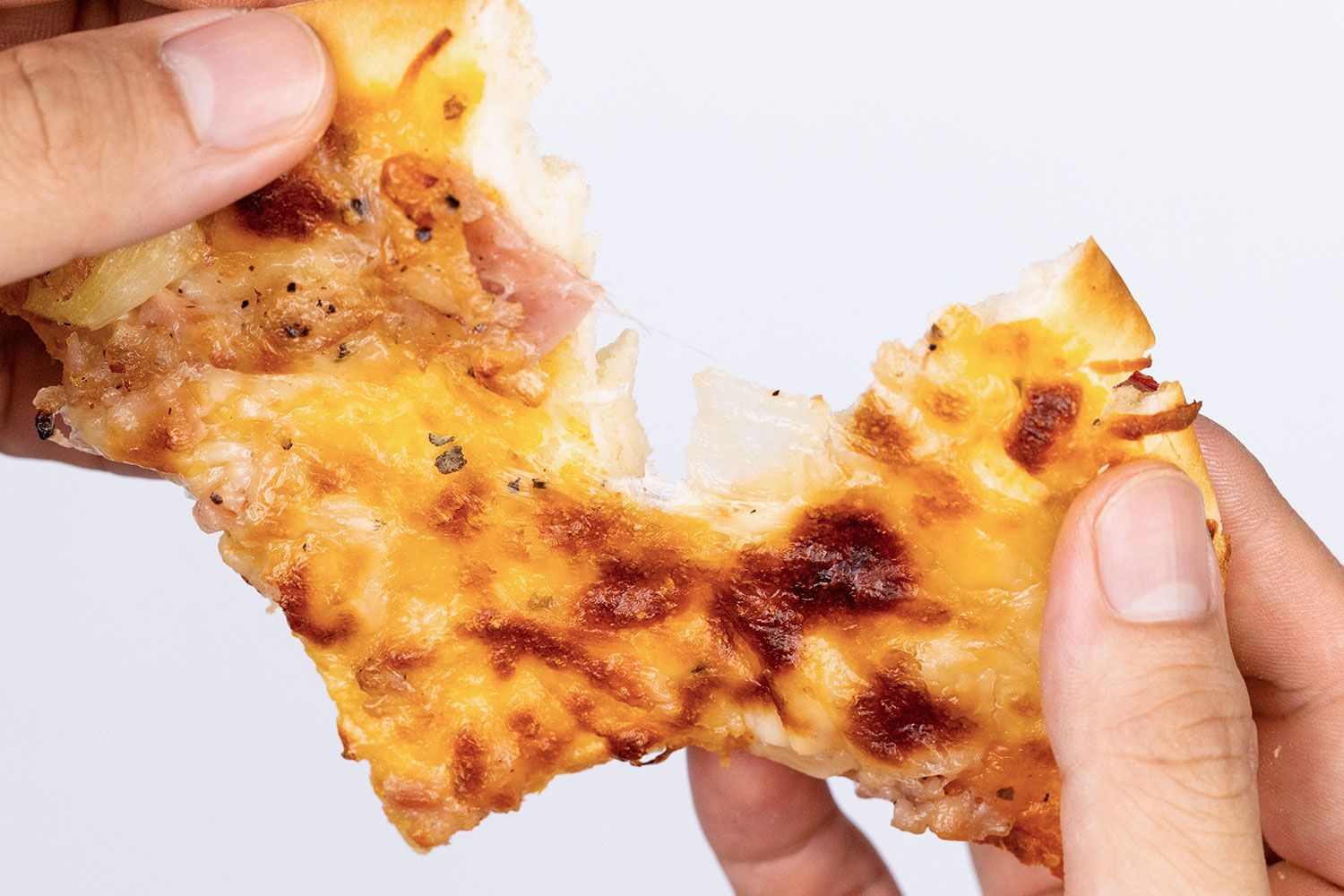
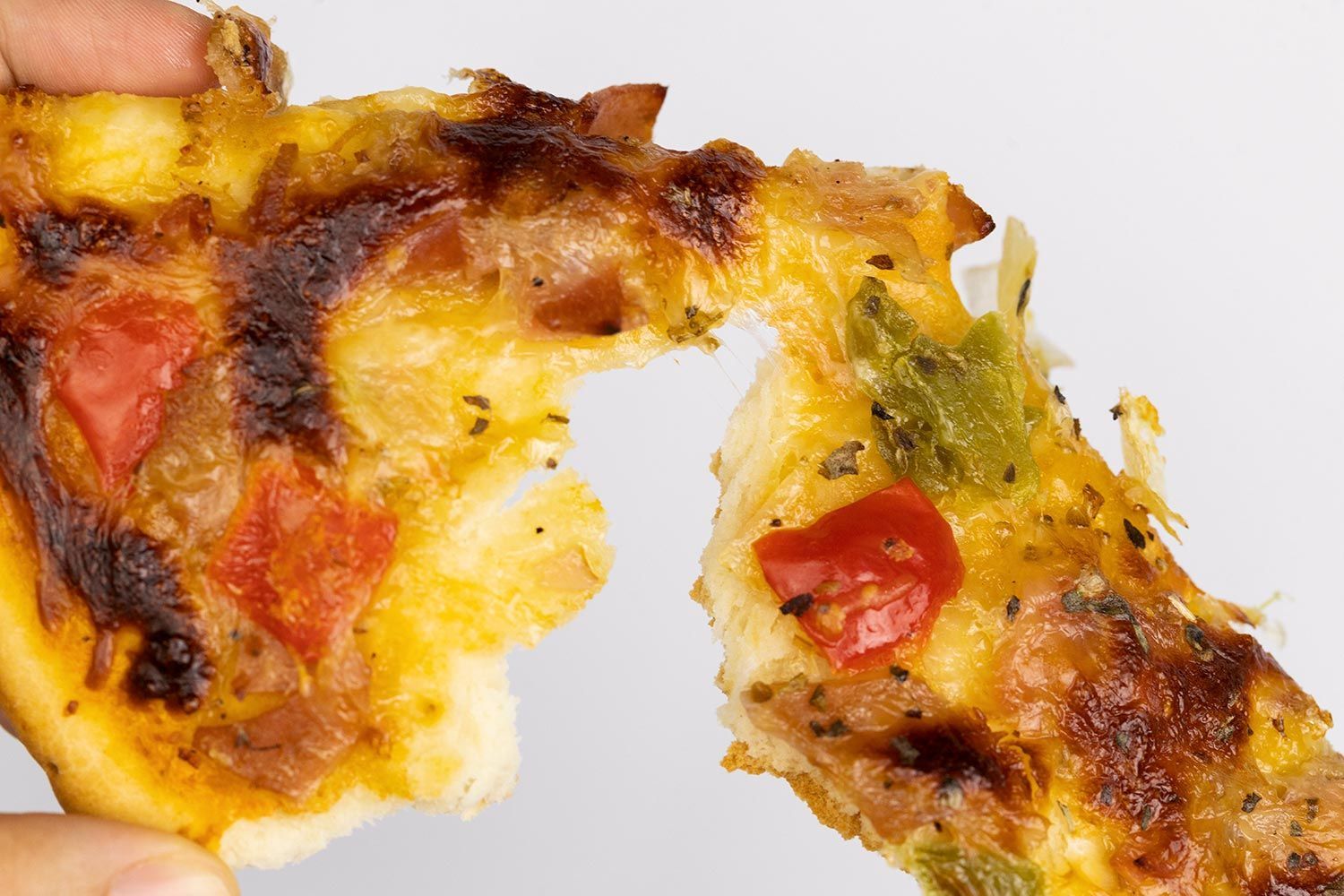
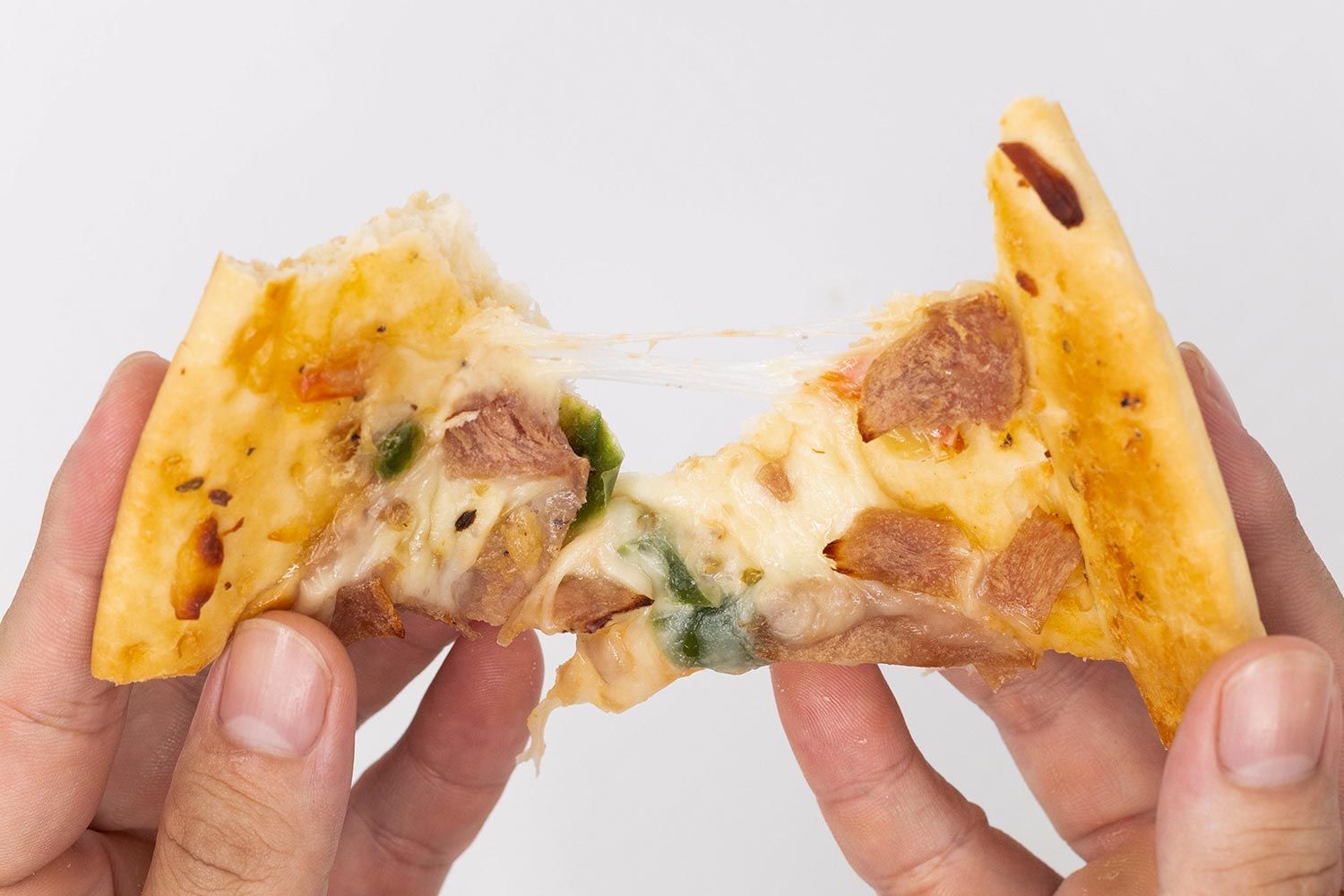
Taste Test
Deliciousness is a subjective yet crucial factor when evaluating food, including pizza. Our panel consists of one professional chef and three food enthusiasts, ensuring diverse opinions. Led by head chef Tuyet Pham, who has extensive experience and numerous awards, our scoring table is expertly crafted.
Certain factors help clarify our assessment:
- Overcooking can lead to a burnt, dry pizza, while undercooking might result in uneven color and lack of crispiness.
- Cooking at too high a temperature can cause burning while leaving the inside undercooked. Conversely, a lower temperature may yield insufficient color and crispiness.
- A burnt pizza often results in an unappetizing bitter taste.